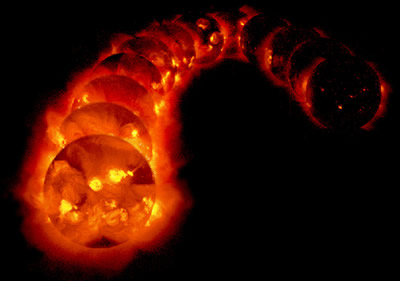Geology
Geology means, literally, the study of the Earth. Explore this section to understand the structure of the Earth and its surface features, what causes earthquakes and tsunamis, and why volcanoes form and erupt. Learn about minerals, which form the building blocks of rocks, and how rocks are made and destroyed. Learn about Earth’s fascinating history, the variety of life forms which have roamed the surface over the millennia, and the dramatic changes that have happened over Earth’s long history.
![]() You can get your own minerals and fossils, as well as the Fall 2010 issue of The Earth Scientist on Rocks and Minerals in our online store!
You can get your own minerals and fossils, as well as the Fall 2010 issue of The Earth Scientist on Rocks and Minerals in our online store!
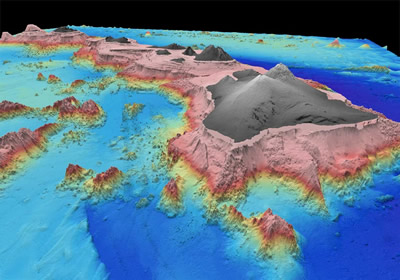
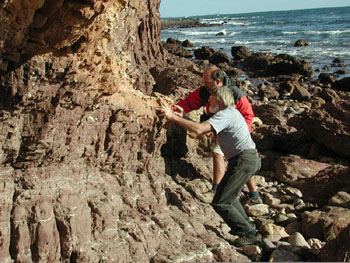
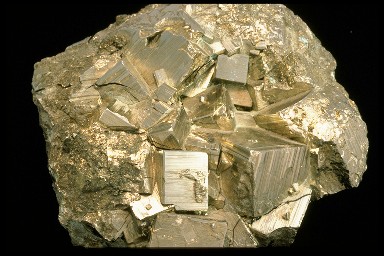

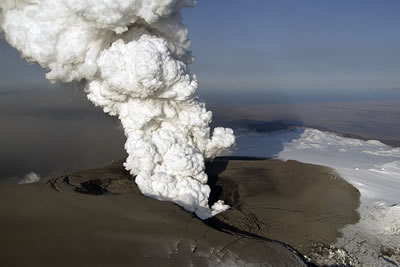
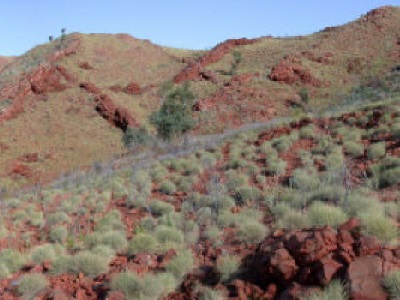
Please log in
Science Blogs
Real Climate: climate science from climate scientists

Windows to the Universe, a project of the National Earth Science Teachers Association, is sponsored in part is sponsored in part through grants from federal agencies (NASA and NOAA), and partnerships with affiliated organizations, including the American Geophysical Union, the Howard Hughes Medical Institute, the Earth System Information Partnership, the American Meteorological Society, the National Center for Science Education, and TERC. The American Geophysical Union and the American Geosciences Institute are Windows to the Universe Founding Partners. NESTA welcomes new Institutional Affiliates in support of our ongoing programs, as well as collaborations on new projects. Contact NESTA for more information.






